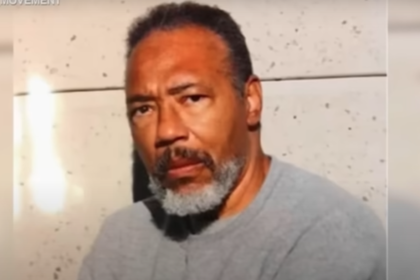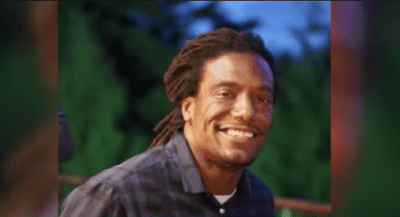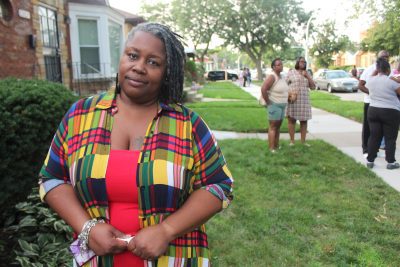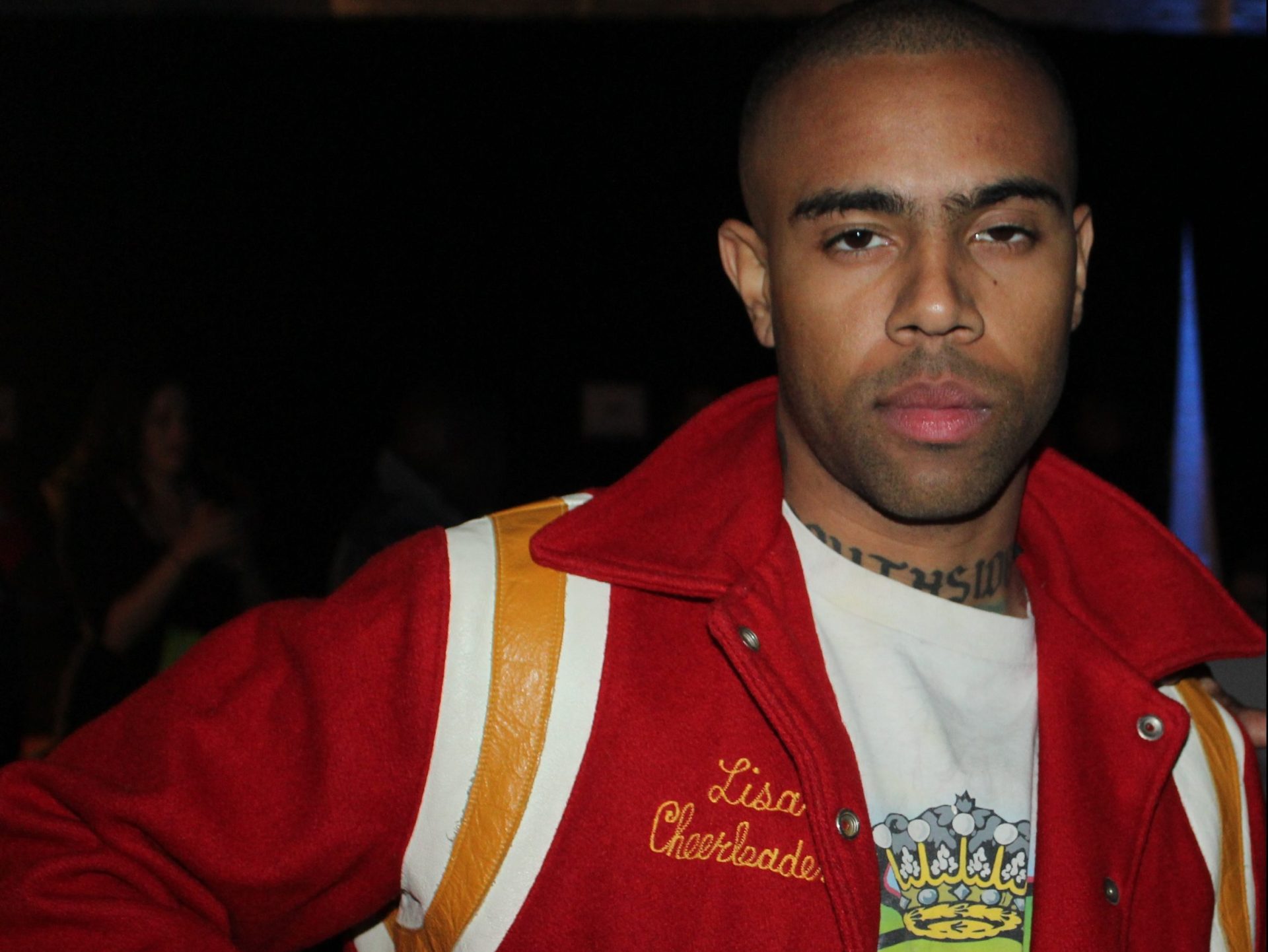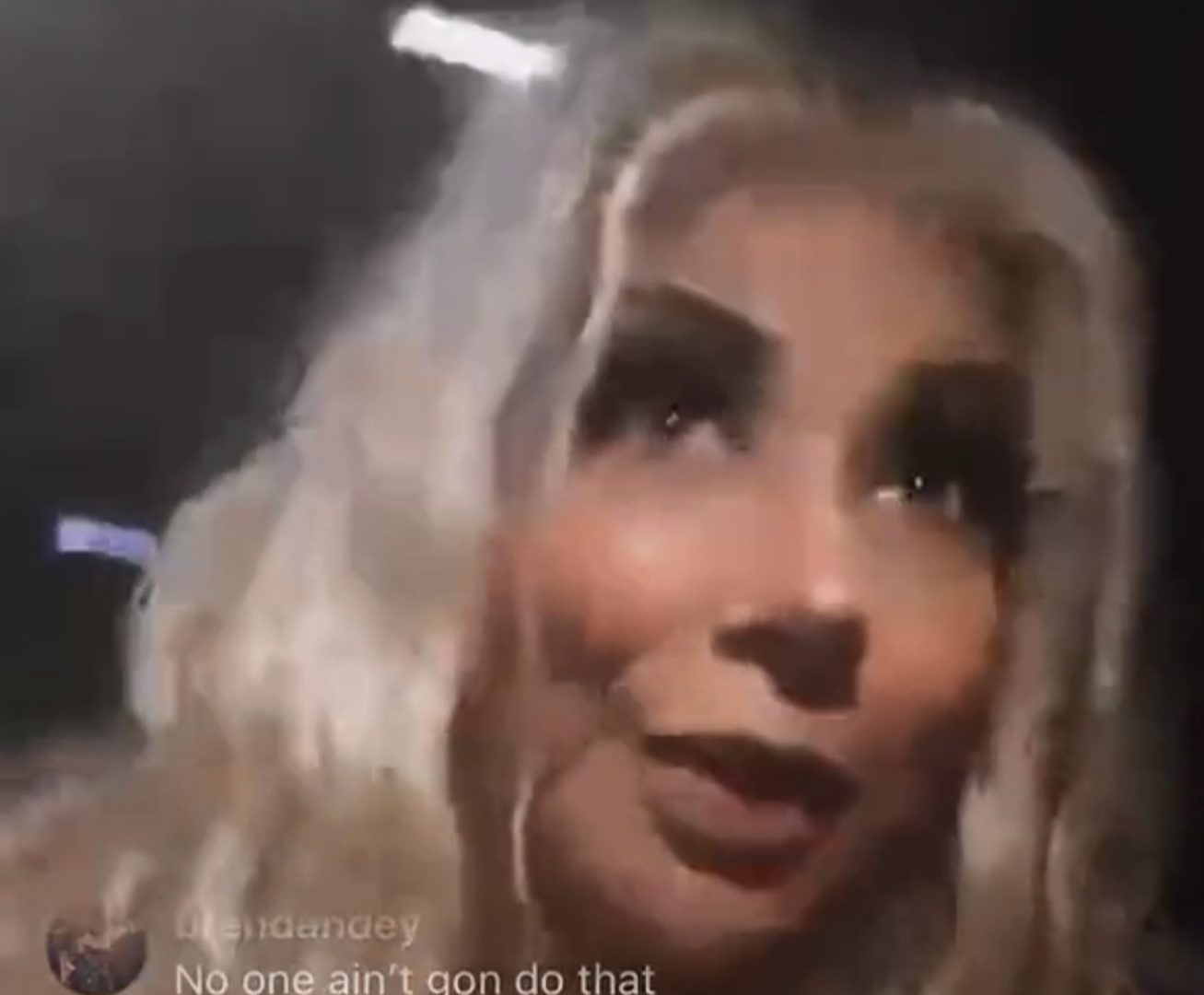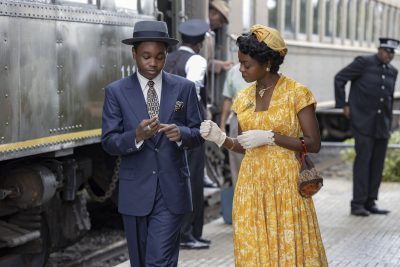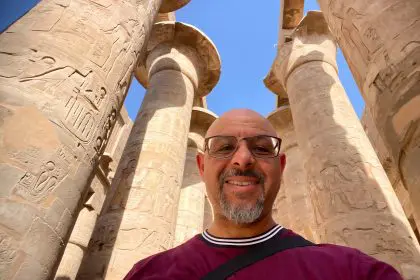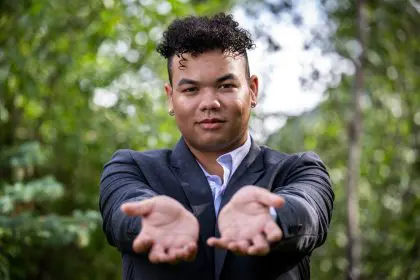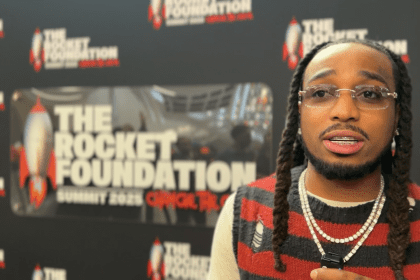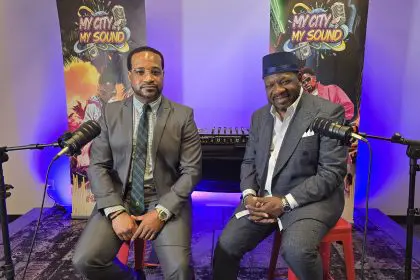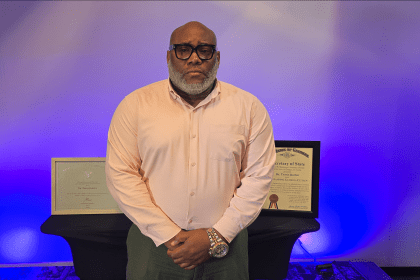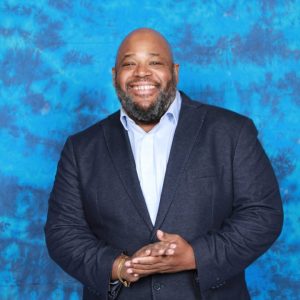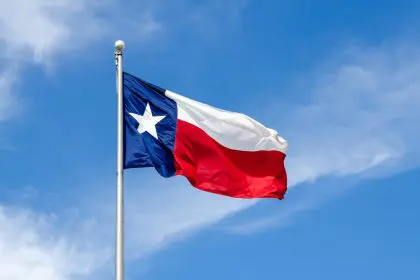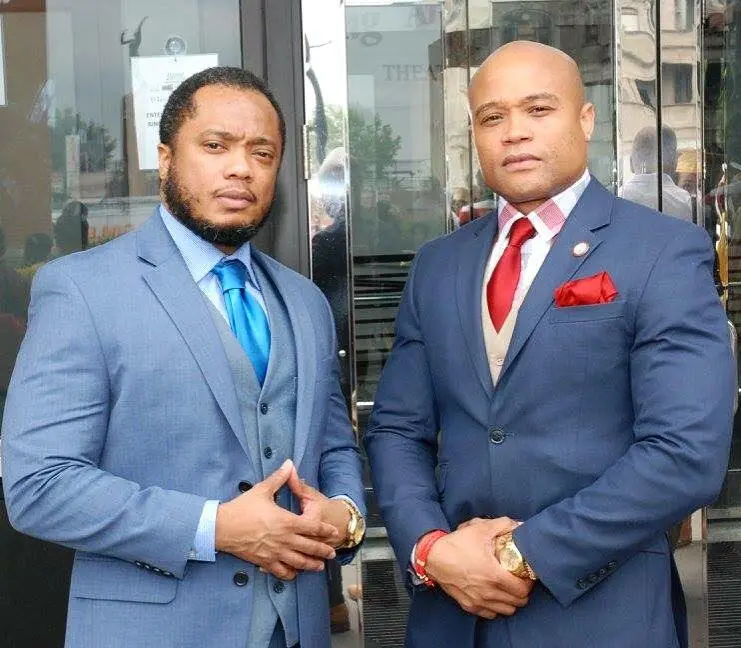
Any mention of the South Side of Chicago may bring to mind shootings, crime and death. This is an exaggerated view of The South Side. However, this viewpoint is rooted in truth. The lack of education, jobs and guidance create a landscape that is dangerous and unfulfilling. We spoke with Omar Moore and LaShaun Jackson about what they are doing to change this narrative. Their organization, The Circle Foundation, is providing options to Chicago’s Black youth.
Talk to us about the CIRCLE Foundation. What is it?
Omar Moore: The CIRCLE Foundation is a nonprofit organization that we started in 2009. We operate a school called Innovations High School, several mentoring programs, a recording studio and a fitness center. Our major work is around education, as such, we have conducted many events throughout the city. We specifically focus our activities in underserved communities on the South Side of Chicago, which is where we both were raised.
Why were you motivated to do something like this for the community?
LaShaun Jackson: Our professional goal has always been to serve and give back to our community. We know that many African American youths need more support and resources, more than what is available to them in their immediate surroundings.
Talk about your friendship and how it helps to inform your work and keep the bond strong.
LJ: We both grew up on the South Side of Chicago. We met in college during our freshman year at Southern Illinois University in Carbondale. Immediately we learned we had so much in common. We were from the same city, similar backgrounds and interests that allowed us to be able to grow a close friendship. That friendship would eventually develop into a business partnership. Over the years, we have worked together on a couple of business ventures. The CIRCLE Foundation was the culmination of several past business ventures that finally came together under one vision and mission. Our friendship helps us in business because it has helped us create a shared mental model. We are on the same page 90 percent of the time. So much so, that we know each other’s opinion before it is even spoken. We have been through many ups and downs both personally and professionally. The challenges we have faced along our journey have only strengthened our passion for the vision and goals we have for our organization.
Speak to some of the challenges that exist when you run a nonprofit?
OM: Anyone that builds a nonprofit from the ground up will tell you that the number one challenge is funding. In the nonprofit world, funding generally comes from grants and donations. Grants come and go, based on state and city budgets. It is very important to build up revenue to be able to stay the course during the ebb and flow of state and local grants distributions. This is where donations and fundraising are key to organizations. Having a political and community presence is also crucial.
The other challenge exists with producing quality services, and this ties into the staff. You must hire proficient staff. Develop staff expertise by supporting them and providing ongoing professional development. We work in an industry where the day-to-day job can be highly stressful. Sometimes it is necessary for people to take some time off and regroup to avoid burnout. The work must continue because the need is constant.
Lastly, consistently maintaining successful outcomes from your services can be challenging. For nonprofits, outcomes are the bottom line. Funding is tied to outcomes, and more importantly, you want to make sure you are providing quality services so that you can maintain a good reputation with your constituents.
How do you overcome these challenges?
LJ: We founded our nonprofit based on a corporate business model. Many people don’t understand that there is a heavy “business” side of running a nonprofit. Nonprofits that sustain longevity bring not only enduring empathy to their work but also a strong practical edge in business management. With that being said this model helps us address the challenge of fiscal stability, staff efficiency, and quality assurance in our services. There is a driving vision and mission behind our work, and it is monitored to the minute detail.
As with all business, for profit and nonprofit alike, you must be able to adjust to the climate. If you do not make well-informed and timely adjustments, you will become obsolete. These adjustments have to trickle down to every level of staffing. Staff buy-in is essential to managing the change in the landscape. This is where managing the business side is key. We deal with passionate employees — if they lose their passion or synergy with the organization their work can suffer. As leaders of the organization, it is our job to manage expectations in order to forward the mission.
When do you know you have done a good job?
OM: We monitor our success in two major ways. The first is on the outcomes that are set for each individual program. These can include things like graduation rate, the number of students/clients impacted, attendance rates, client satisfaction surveys, professional accolades for our programs, etc. The second way is a little more intangible and is more than likely the one that doesn’t get overt recognition. These include the daily successful interactions we have between clients and staff. There are many small victories that are not awarded in a traditional sense but always recognized. These small victories are what eventually lead to long-term successful outcomes.
These victories include small benchmarks that may have fallen short of an ultimate goal but paved the way so that the ultimate goal could be reached in the future. These small victories fuel staff passion for continuing on.
What words do you have for those who are looking to impact the community as you have? A few words of encouragement:
LJ: Time is on your side. Do not try to do it all at once. Do what you can, when you can, and build on it. Our journey for helping our community began in 1993, but we weren’t able to create the vehicle of the CIRCLE Foundation until 2009.
Network and collaborate. The work is cumbersome; no one can tackle it alone. There must be concerted efforts to achieve your goal. Networking and partnerships are paramount. Had we not partnered with key organizations like Youth Connection Charter School and the Alternative Schools Network early on, we would not have been able to accomplish what we have.
OM: Be able to adjust to stay on the forefront of change. We live in an ever-changing world. The world as we know it will be just as different 10 years from now as it was 10 years ago. Do not fossilize; stay fresh and always in the know of what is out there. In life and business, there is no excuse or mercy for the latecomer. If you are working in the community look to advance it to the next level. Have a 50-year vision, not a five-year vision.
Keep investing in your personal development. There is no way to forward your work without forwarding yourself. Many of us are pioneers hacking away at a forest of challenges, but we must always remember to sharpen our saw lest we get dull and inefficient.

